The Mediterranean Sea has seen many epic battles, and one of the most important was the Roman Conquest of Sicily. In this article, we’ll look at the Roman Conquest of Sicily from two sides: the Romans, who sought to conquer the island, and the Sicilians, who fought to protect it. Curious about how these two groups saw the same events differently? Keep reading to find out!
Roman Perspective A Strategic Gain in the First Punic War
For the Romans, Sicily was more than just an island; it was a stepping stone to greater dominance in the Mediterranean. The First Punic War, which raged from 264 to 241 BCE, saw Rome and Carthage, two burgeoning superpowers, clash for control of this pivotal region.
From the Roman viewpoint, securing Sicily was essential. The island was rich in resources, particularly grain, which could feed the ever-expanding Roman populace. Moreover, its strategic location meant that whoever controlled Sicily had a significant advantage in controlling maritime trade routes.
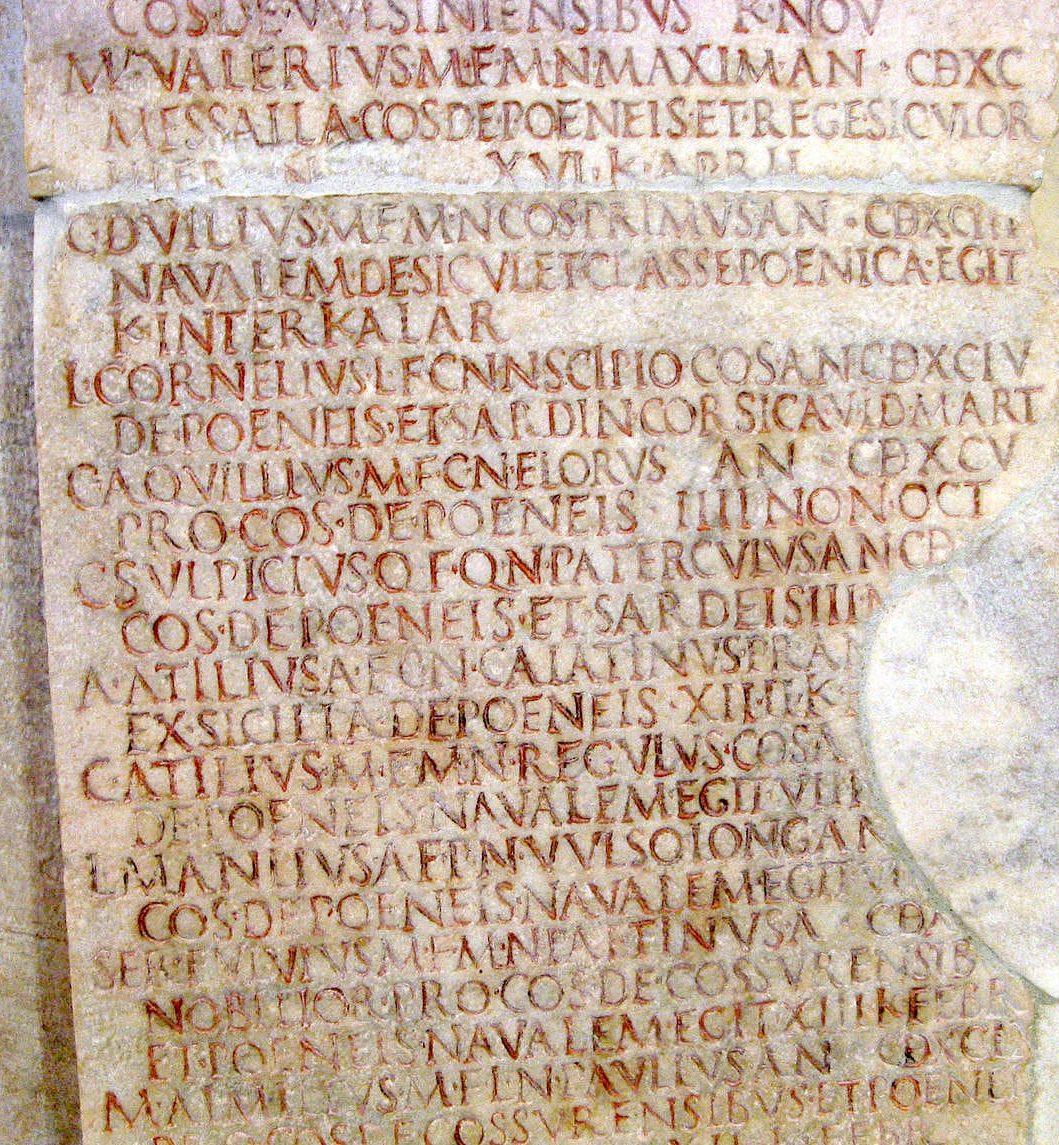
However, the conquest was not without its challenges. The Carthaginians had established strongholds on the island, and the native Sicilian tribes were not always amenable to Roman rule. Yet, through a combination of military prowess and diplomatic maneuvering, Rome managed to wrest control of the island, marking a significant turning point in the First Punic War. This victory not only bolstered Rome’s resources but also sent a clear message about its ambitions in the Mediterranean.
Sicilian Perspective A Pawn in the Larger Roman-Carthaginian Conflict
To the Sicilians, their homeland’s fate seemed to be perpetually hanging in the balance. While the island had always been a melting pot of cultures due to its central location, the Roman-Carthaginian conflict brought a new level of uncertainty.
From the Sicilian viewpoint, they were more than just a prize to be won; they were a people with their own rich history and traditions. However, the escalating conflict between Rome and Carthage often overshadowed their agency. Many Sicilians found themselves having to choose sides, either aligning with the Carthaginians, who had long-established settlements on the island, or with the Romans, who promised a new order and protection.

Yet, this choice was not easy. Aligning with either power came with its own set of challenges. The Romans, while promising stability, also brought with them a new system of governance and demanded loyalty. On the other hand, staying loyal to the Carthaginians meant being on the front lines of a war with a rapidly rising superpower.
Conclusion
The Roman Conquest of Sicily is a tale of strategy, ambition, and the quest for dominance. From the Roman perspective, it was a necessary step in their larger goal of Mediterranean dominance. For the Sicilians, it was a period of change, adaptation, and resilience.
The Siege of Syracuse A Sicilian Tale of Resistance during the Roman Conquest
In the heart of the Mediterranean, the island of Sicily has been a coveted prize for many empires. But among its many tales of conquest and resistance, the Siege of Syracuse stands out, offering a unique Sicilian perspective on the Roman Conquest.
Backdrop
Syracuse, a powerful and wealthy city-state on the eastern coast of Sicily, had long been an influential player in the Mediterranean. By the time of the Second Punic War (218-201 BCE), it found itself caught between two superpowers: Rome and Carthage.
Initially, Syracuse had been an ally of Rome. However, political changes and the influence of pro-Carthaginian factions led to a shift in allegiances. This did not sit well with Rome, which saw Syracuse’s alliance with Carthage as a threat.

Siege Begins
In 214 BCE, Roman legions under the command of Marcus Claudius Marcellus laid siege to the city. The Syracusans, determined to resist, fortified their walls and prepared for a long battle. One of their greatest assets was the famed inventor and mathematician, Archimedes.
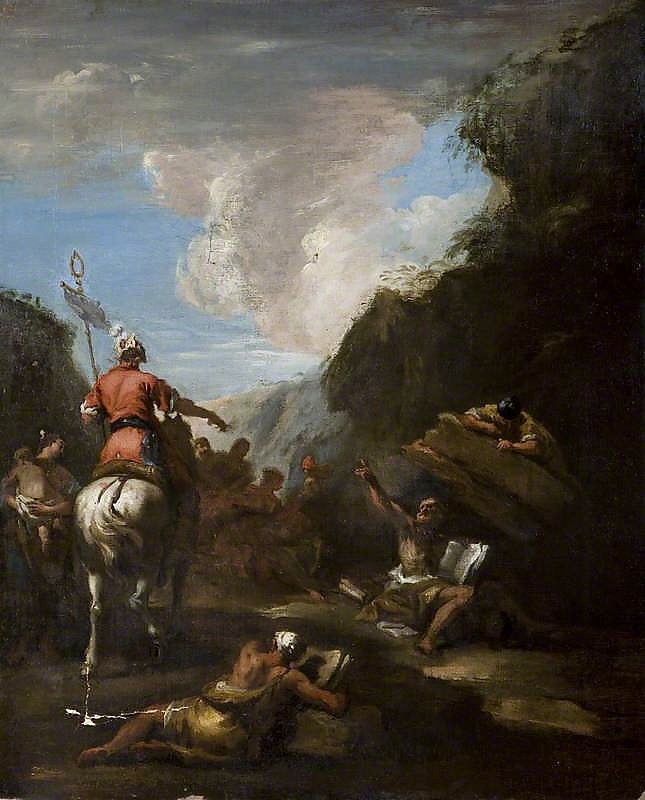
Archimedes devised a series of ingenious war machines to defend the city. From the “Claw of Archimedes,” a crane-like device that could lift Roman ships out of the water, to mirrors that focused sunlight to set enemy ships ablaze, his inventions wreaked havoc on the Roman forces.
If you were a Sicilian during the First Punic War, would you have supported Rome or Carthage? Why?
Share your thoughts at the end of this article 😉 !
Fall of Syracuse
Despite their valiant defense and the genius of Archimedes, the Syracusans faced overwhelming odds. After a two-year siege, a Roman soldier found an unguarded entrance to the city. Syracuse was sacked, and its treasures, including many of Archimedes’ works, were taken to Rome. The great mathematician himself was killed during the capture, marking the end of an era for Syracuse.
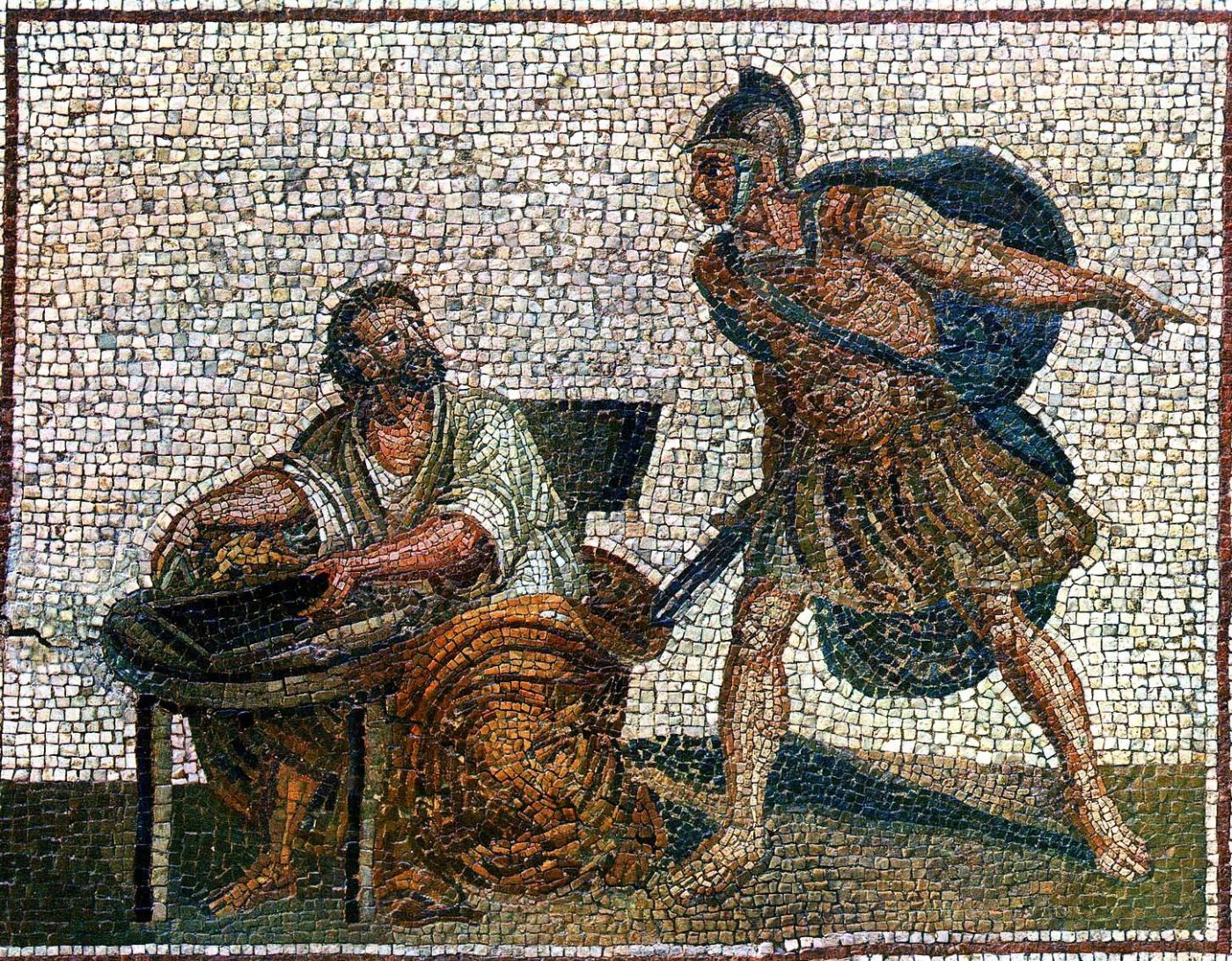
The Roman Ambition Conquering the Jewel of the Mediterranean
The Mediterranean, with its azure waters and strategic importance, has been the backdrop for countless tales of ambition and conquest. Among these, the Roman campaign to seize Sicily stands tall, a testament to Rome’s relentless drive for expansion and dominance.
Setting
As Rome’s influence grew, so did its aspirations. The First Punic War (264-241 BCE) against Carthage, a formidable power in its own right, was a clear indication of Rome’s intent to control the Mediterranean. At the heart of this conflict was Sicily, a fertile and strategically located island that both empires coveted.
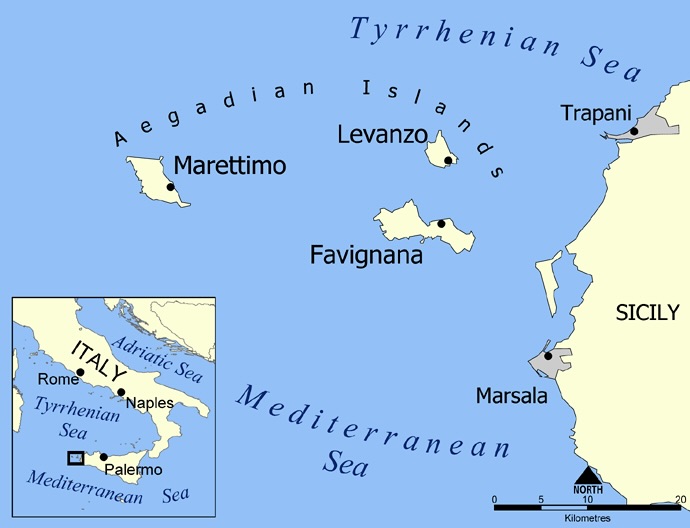
Battle for Agrigentum
The first significant Roman move in Sicily was at Agrigentum in 262 BCE. The city, under Carthaginian control, was besieged by the Romans. After months of intense fighting and a blockade that starved the city, the Carthaginians sallied forth to break the siege but were soundly defeated. The victory at Agrigentum was Rome’s first major foothold on the island.
Battle of the Aegates Islands
Recognizing the importance of naval power in the Mediterranean theater, Rome rapidly built a fleet. This culminated in 241 BCE with the Battle of the Aegates Islands, where the Roman navy decisively defeated the Carthaginian fleet, effectively ending Carthaginian naval dominance and paving the way for Rome’s complete control over Sicily.
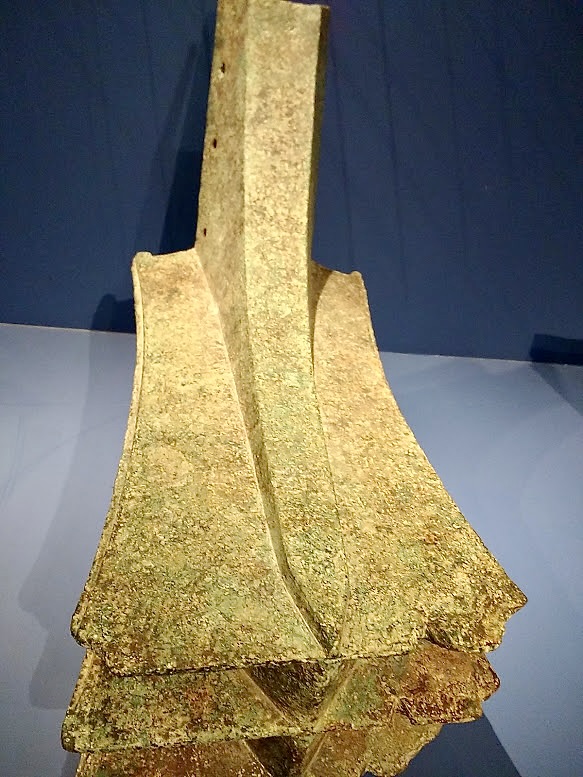
Rome’s First Province
With Carthage’s naval power crippled, Rome was free to exert its influence over the entirety of Sicily. By the end of the First Punic War, Sicily became Rome’s first-ever province, a significant milestone in its journey to empire.
More of → Perspectives ←
FAQ
1. How did the local Sicilian population react to the Roman conquest, and were there any significant revolts?
The local Sicilian population had a mixed reaction to the Roman conquest. While some saw the Romans as liberators from Carthaginian dominance, others viewed them as a new foreign oppressor. There were indeed pockets of resistance and revolts, most notably the slave revolts in the 2nd century BCE, which, while not solely against Roman rule, were exacerbated by the socio-political changes brought about by the conquest.
2. How did the Roman conquest influence the cultural and architectural landscape of Sicily?
The Roman conquest brought about significant cultural and architectural changes in Sicily. Roman-style buildings, roads, and infrastructures began to appear across the island. The introduction of Latin, Roman law, and customs further integrated Sicily into the Roman world. However, the Romans also appreciated and incorporated the rich Hellenistic culture of Sicily, leading to a unique blend of Roman and Greek influences.
3. What role did the Roman conquest of Sicily play in the broader expansion of the Roman Empire in the Mediterranean?
The conquest of Sicily was pivotal for Rome’s broader Mediterranean ambitions. Securing Sicily provided Rome with a strategic base for further campaigns in North Africa and the eastern Mediterranean. Additionally, the grain-rich fields of Sicily played a crucial role in feeding the growing population of Rome, ensuring the city’s stability and growth.
4. Were there any significant economic changes in Sicily post the Roman conquest?
Absolutely. Post-conquest, Sicily transformed into a vital economic hub for Rome. The island’s fertile lands were organized into large estates, known as “latifundia,” primarily focused on grain production. This grain was essential for Rome, especially during times of food shortages. Additionally, Sicily’s position made it a key trade node, facilitating commerce between the eastern and western Mediterranean.
5. How did the governance of Sicily change under Roman rule?
Under Roman rule, Sicily became a province, governed by a Roman praetor. This official was responsible for administration, justice, and defense. The existing city-states of Sicily lost much of their autonomy, with Roman law and taxation systems being implemented. However, local elites often collaborated with the Romans, ensuring a degree of continuity in local governance.
If you were a Sicilian during the First Punic War, would you have supported Rome or Carthage? Why?
This was a delight to read. You show an impressive grasp on this subject! I specialize about Appliances and you…
i think he was just a crazy guy, a victim of his childhood and enviroment
super interesting 🤔
Loved this article, learned a lot!

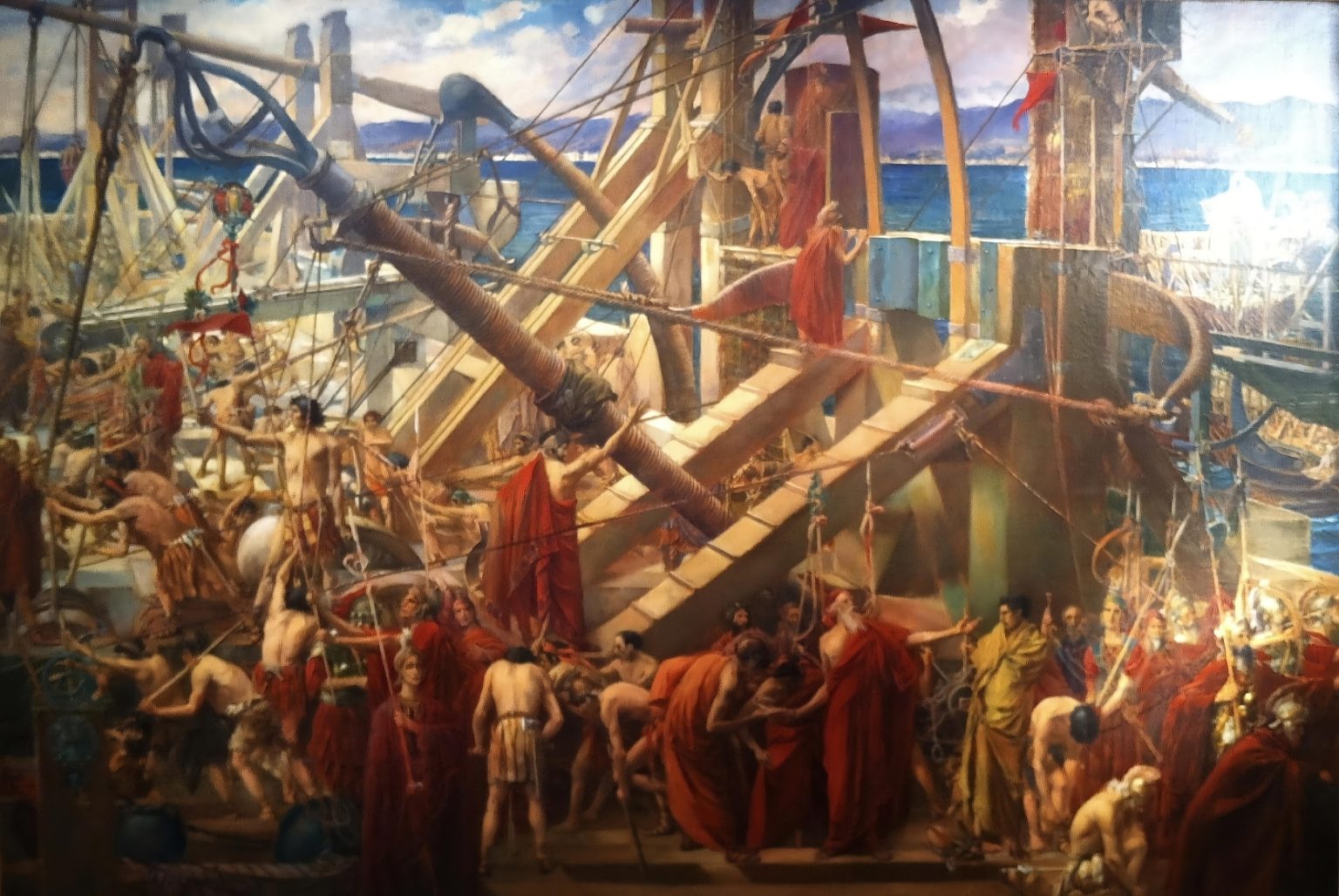
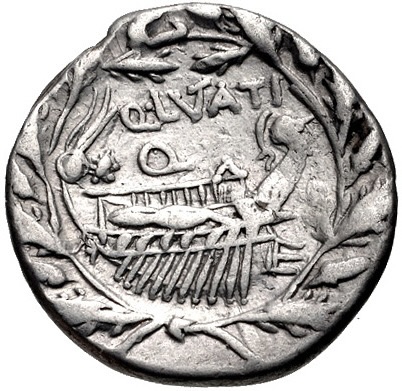
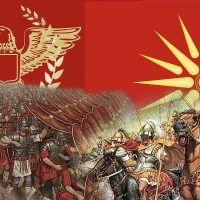
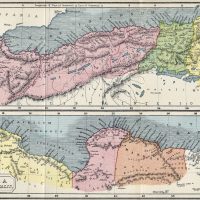
Leave a Reply